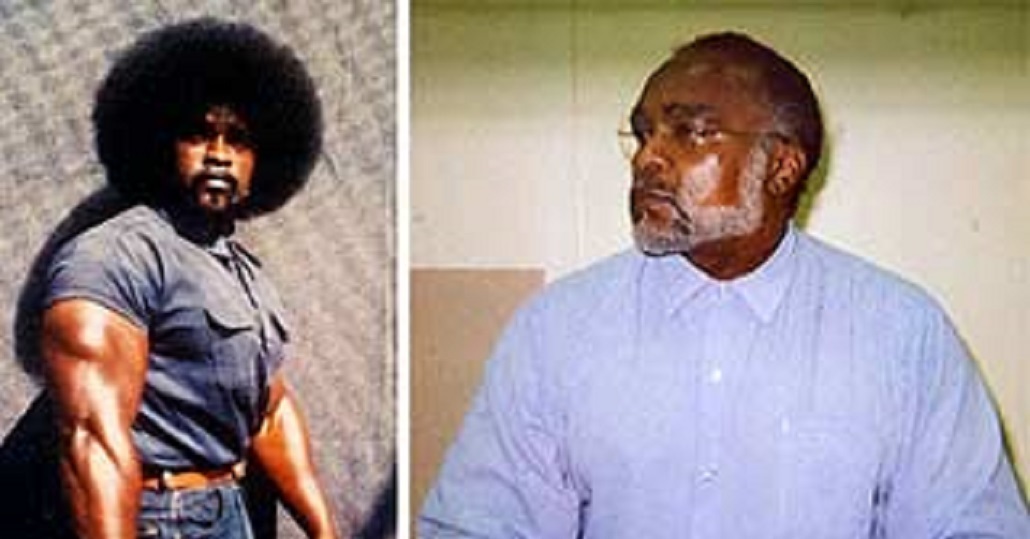Warning: Graphic content, readers’ discretion advised. This story contains a recollection of crime and can be triggering to some readers discretion advised.
On December 13, 2005, one of America’s most infamous gang leaders and co-founder of the Crips, Stanley “Tookie” Williams, met his end by lethal injection at San Quentin State Prison. But how did he spend his final hours before facing the ultimate punishment for his role in founding one of the most notorious street gangs and the crimes tied to his past?
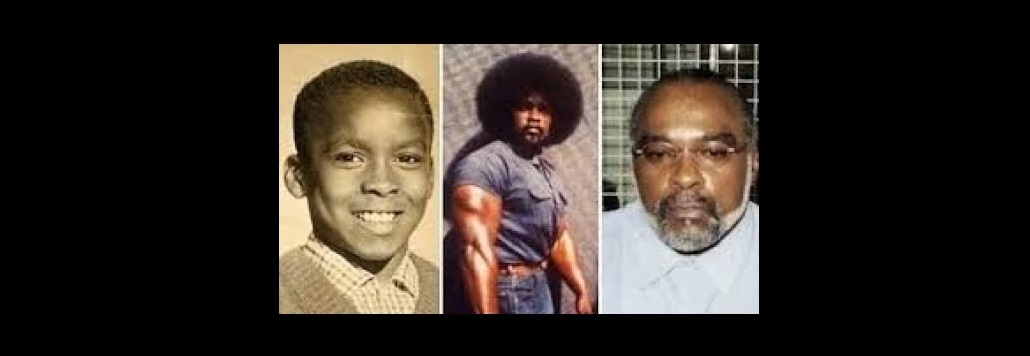
Stanley “Tookie” Williams (1953–2005) was an American gang leader, author, and anti-gang activist who became a highly controversial figure in U.S. criminal justice history.
Stanley Tookie William III ,born december 29,1953, in New Orleans,Louisiana,raised south central Los Angeles, California,he had a difficult upbringing marked by poverty and violence.

In 1971, Williams co-founded the Crips, one of the most notorious street gangs in Los Angeles, alongside Raymond Washington.
The Crips became a powerful and violent force, spreading across the U.S. over the following decades.
In 1979, Williams was arrested and later convicted of four murders committed during two robberies.
He maintained his innocence throughout his imprisonment.
In 1981, he was sentenced to death and spent over 20 years on death row at San Quentin State Prison.
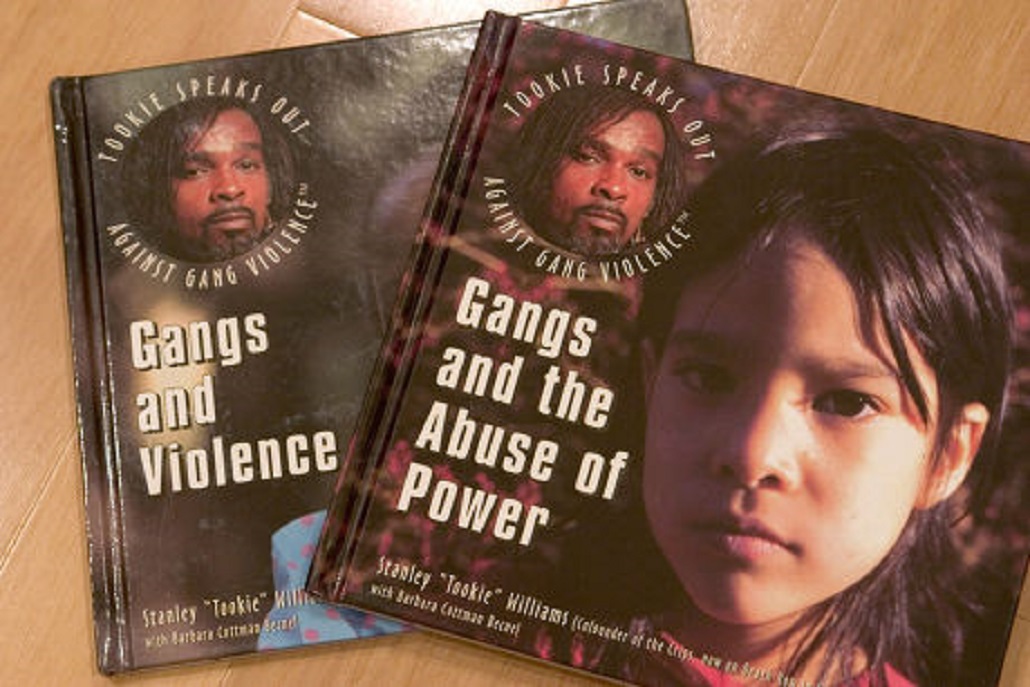
While on death row, Williams began to renounce gang life and became an anti-violence advocate.He co-authored a series of children’s books warning about the dangers of gangs and violence.He also helped broker peace efforts between rival gangs.His activism earned him multiple Nobel Peace and Literature Prize nominations (though he did not win).
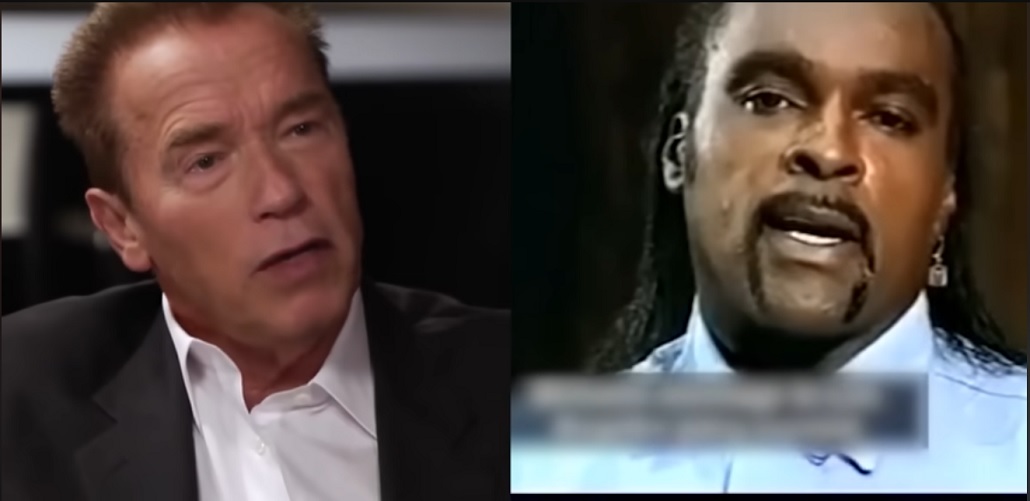
Despite widespread appeals for clemency from activists, celebrities, and even some international figures, California Governor Arnold Schwarzenegger denied clemency.
Williams was executed by lethal injection on December 13, 2005.
His death reignited debates over the death penalty, redemption, and justice reform in America.

Williams remains a symbol of transformation for some — proof that a person can change even after committing terrible acts.
To others, he remains a convicted murderer whose punishment was justified.
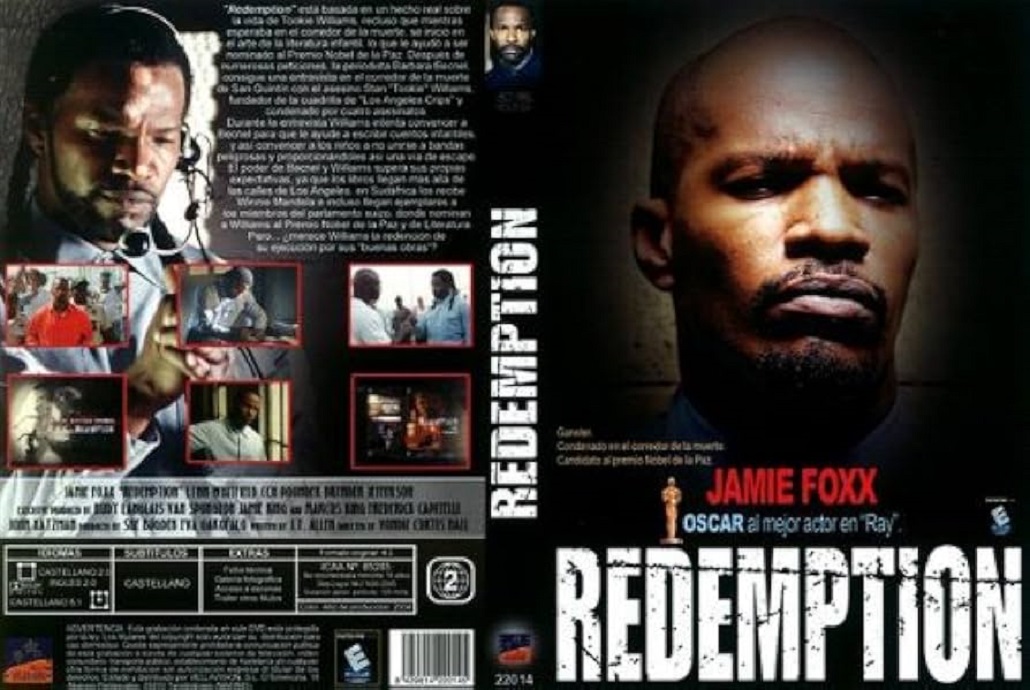
His life inspired books, documentaries, and the 2004 film Redemption: The Stan Tookie Williams Story (starring Jamie Foxx).

After his incarceration, Stanley “Tookie” Williams used his notoriety as one of the Crips’ founders to speak directly to young people about gang life. From his prison cell, he began writing children’s books such as Tookie Speaks Out Against Gang Violence and Life in Prison.
These works warned about the realities of gangs, drugs, and incarceration, using his own life as a cautionary tale.
He also wrote a “peace protocol” aimed at reducing gang violence between the Crips and Bloods. Through letters and outreach, he urged youth to “stay away from gangs, violence, and crime.”
Many educators, activists, and even law enforcement officials credited him with sparking discussions about rehabilitation and nonviolent conflict resolution among at-risk communities. His transformation became a model for prison-based education and reform programs that focus on personal accountability, redemption, and community healing.
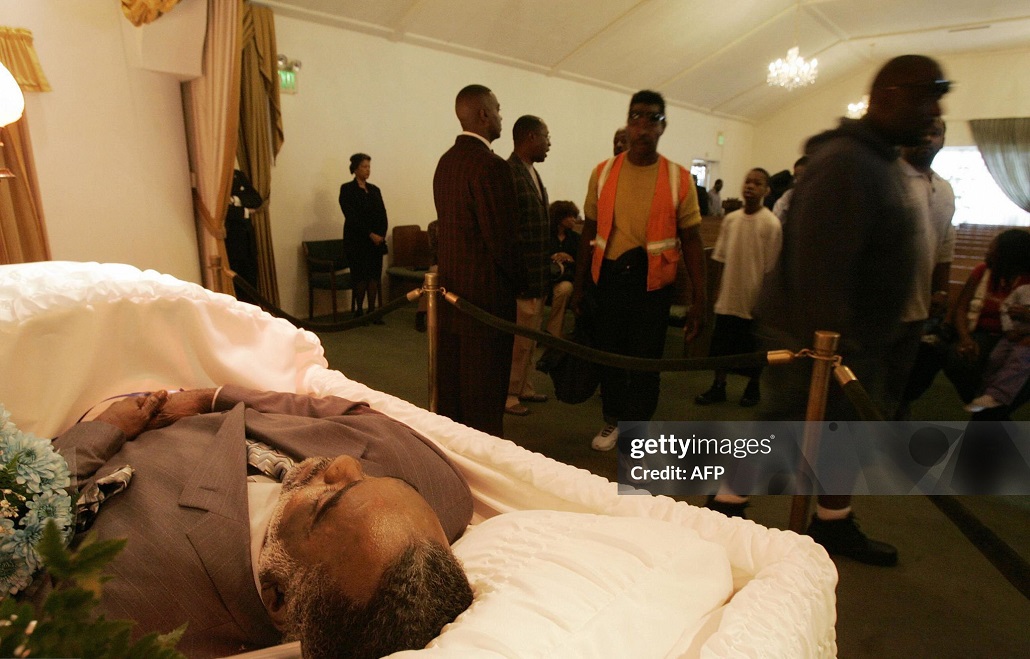
Williams’ execution in 2005 was one of the most publicly debated in modern U.S. history.
They argued that Williams had truly reformed, dedicating his life to saving others from repeating his mistakes.

Many — including clergy, human rights activists, and celebrities — saw him as a symbol of redemption and said executing him undermined the possibility of rehabilitation.
Some questioned the fairness of his trial and the reliability of the evidence used to convict him.
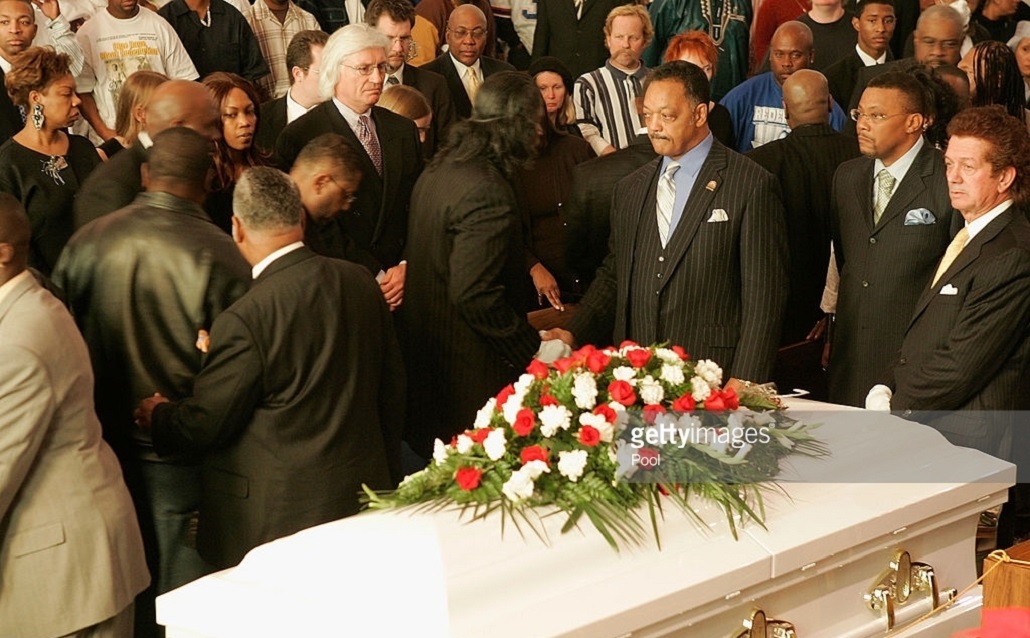
Prosecutors and victims’ families maintained that he had never fully accepted responsibility for the murders.
They argued that his crimes were too severe and that justice required the sentence to be carried out.
Governor Schwarzenegger’s clemency denial letter noted that while Williams’ anti-gang efforts were commendable, he had not apologized directly to the victims’ families, which was a key factor in the decision.
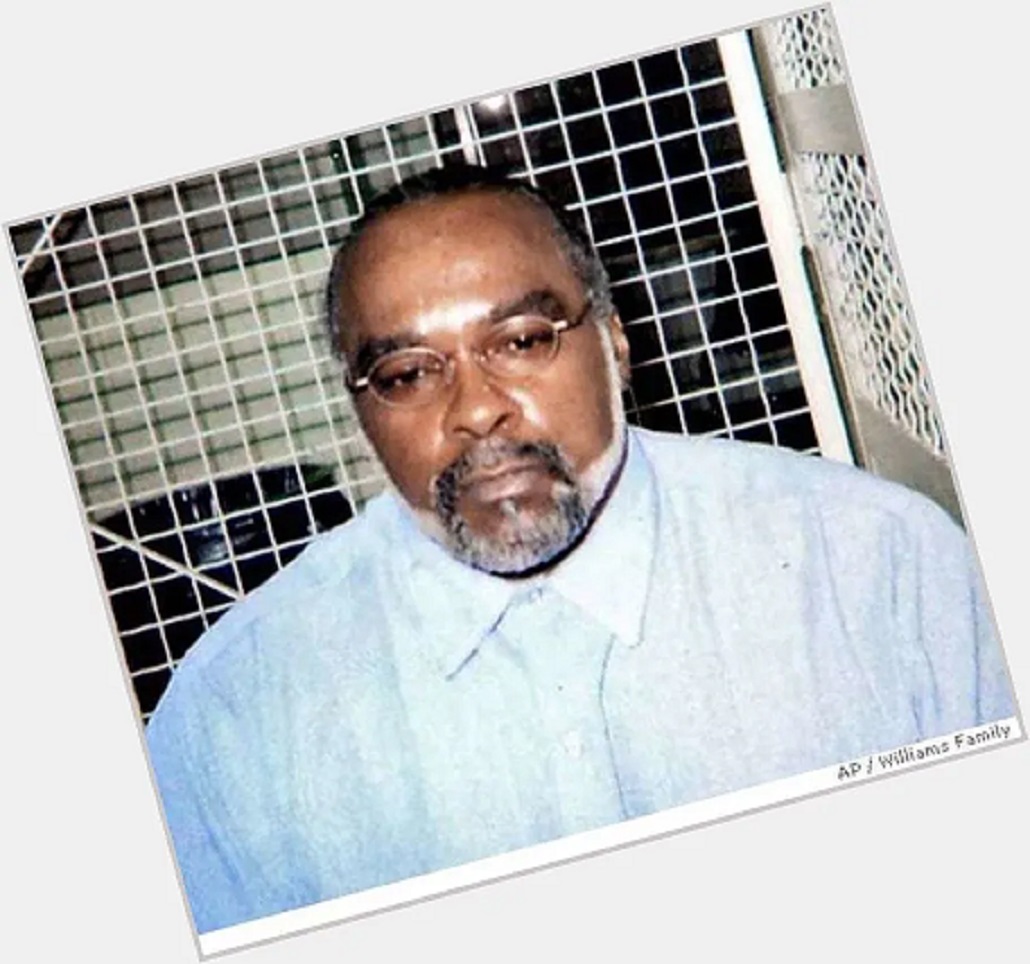
Today, Williams is remembered in two contrasting ways:
As a cautionary figure — whose life shows how destructive choices can lead to tragedy.
As a symbol of redemption — proving that even in a condemned man’s final years, transformation is possible.
His story continues to influence discussions around criminal justice reform, the death penalty, and the potential for human change.
